🔥 Exciting books for reluctant readers 🔥
Jack Heath
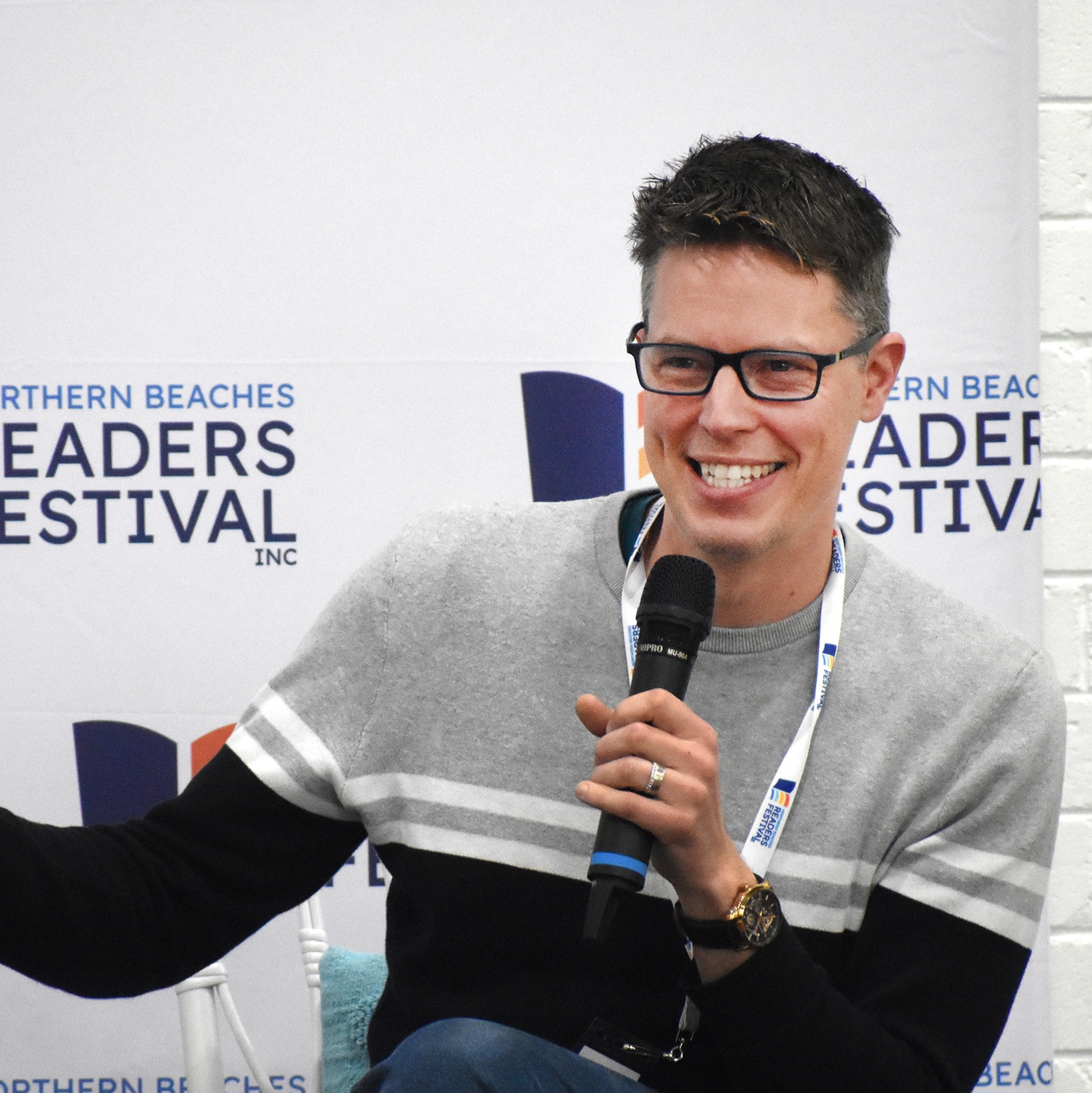
Hi, I'm Jack! I'm a novelist from Canberra, Australia. My work includes 300 Minutes of Danger (for kids), Kill Your Husbands (not for kids), and forty other books, which have sold half a million copies in ten languages. I live on Ngunnawal and Ngambri country with my wife, five chickens, three possums, two cats, a handful of fish, and a pair of human children. 🏡
Latest NewsWriting
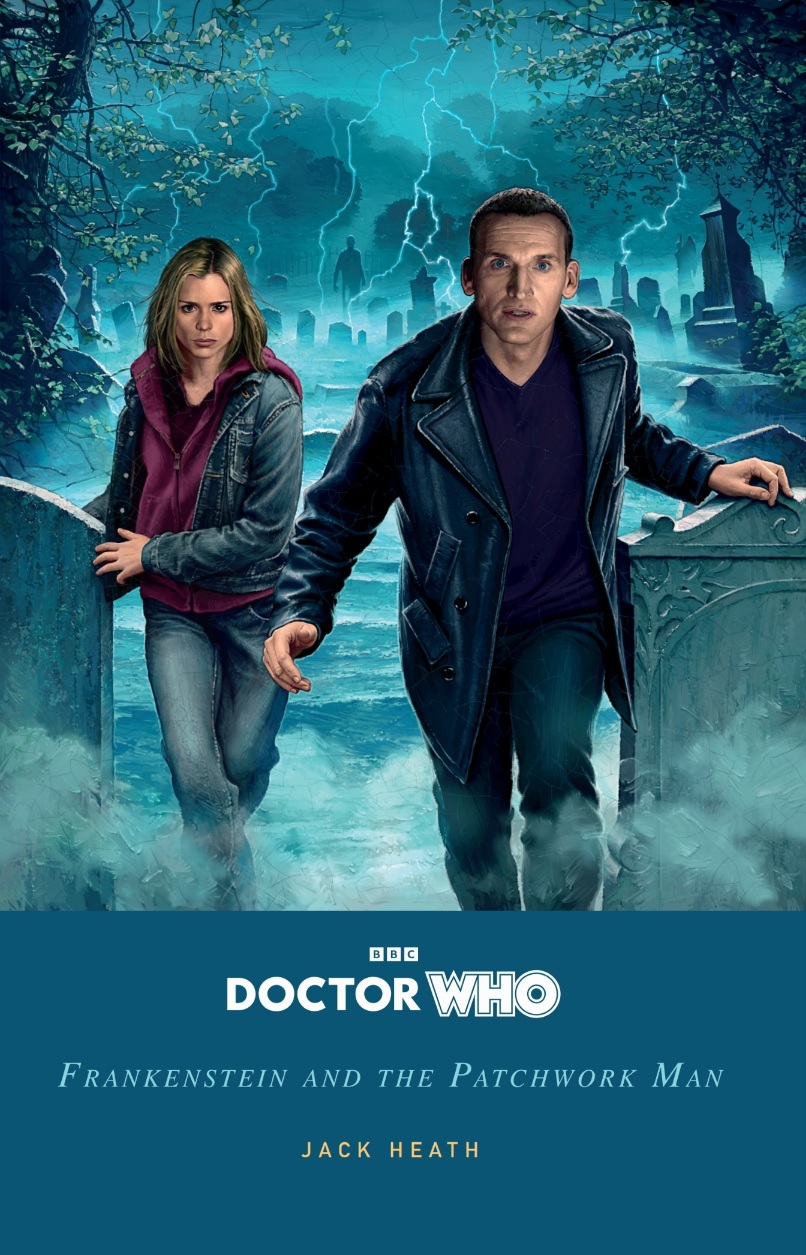
Frankenstein and the Patchwork Man
He tidied his hair, smoothed down his vest, and extended a hand. 'Perhaps we can begin anew,' he said. 'Dr V. Frankenstein, at your service...' "A fearless and sometimes surprisingly raw re-invention of Mary Shelley’s legendary Modern Prometheus." -Paul Mount, STARBURST MAGAZINE
"Deadpan wit, genuinely thrilling action sequences (and) wickedly tense plotting."
⭐ Annie Waters, BOOKS+PUBLISHING ⭐
"Heath has the skill to make me laugh while making me recoil."
⭐ Tracey Allen, CARPE LIBRUM ⭐
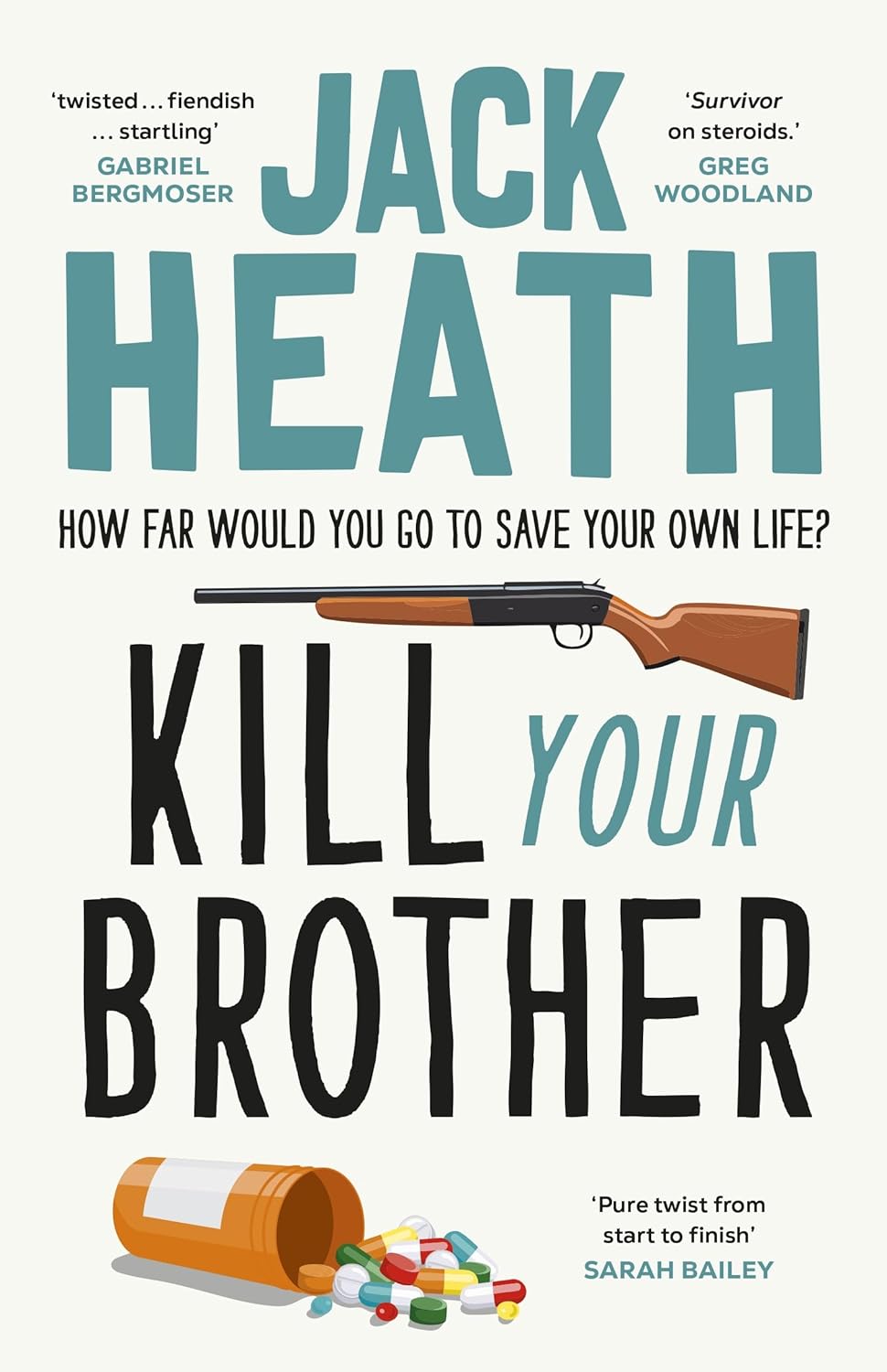






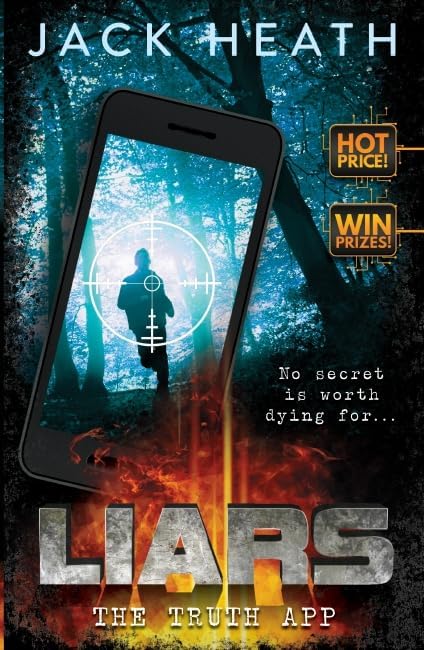
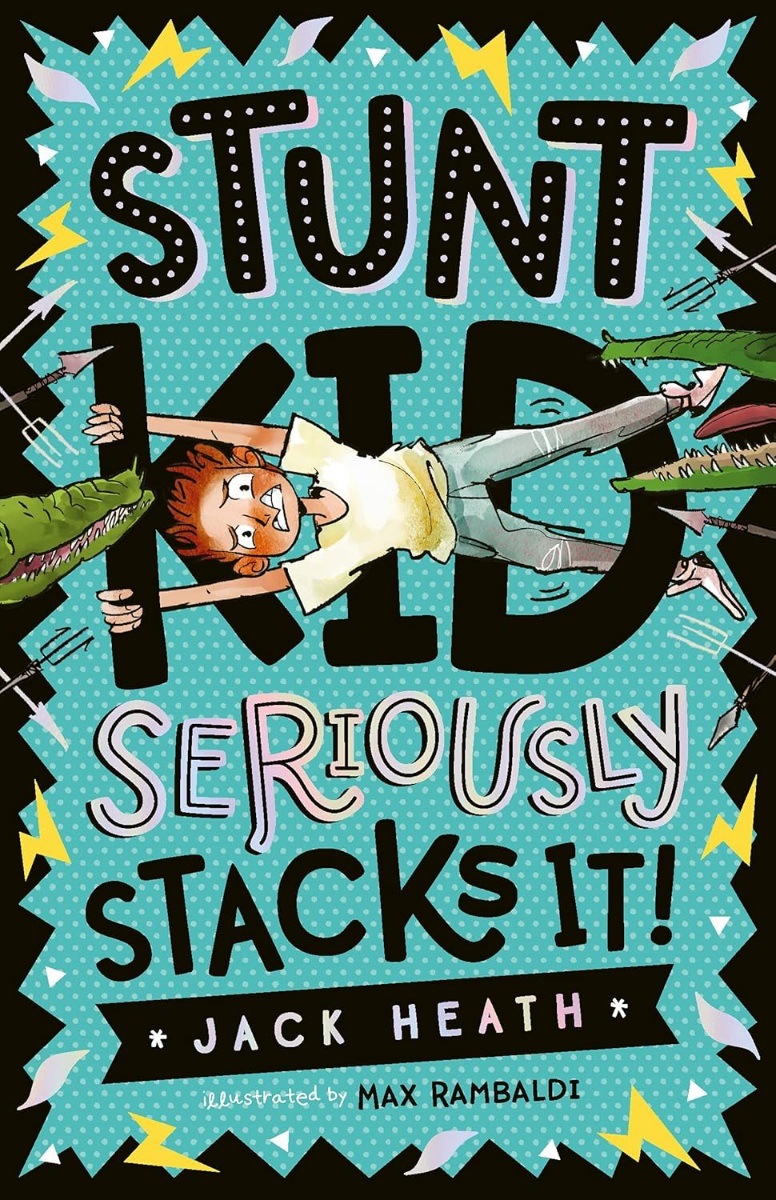





Social
Facebook
Goodreads
Instagram
Reddit
Threads
Tumblr
X
Youtube